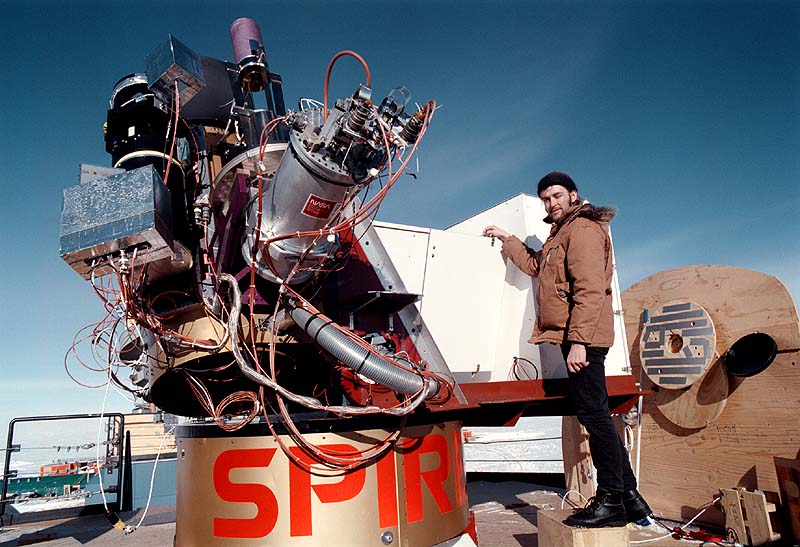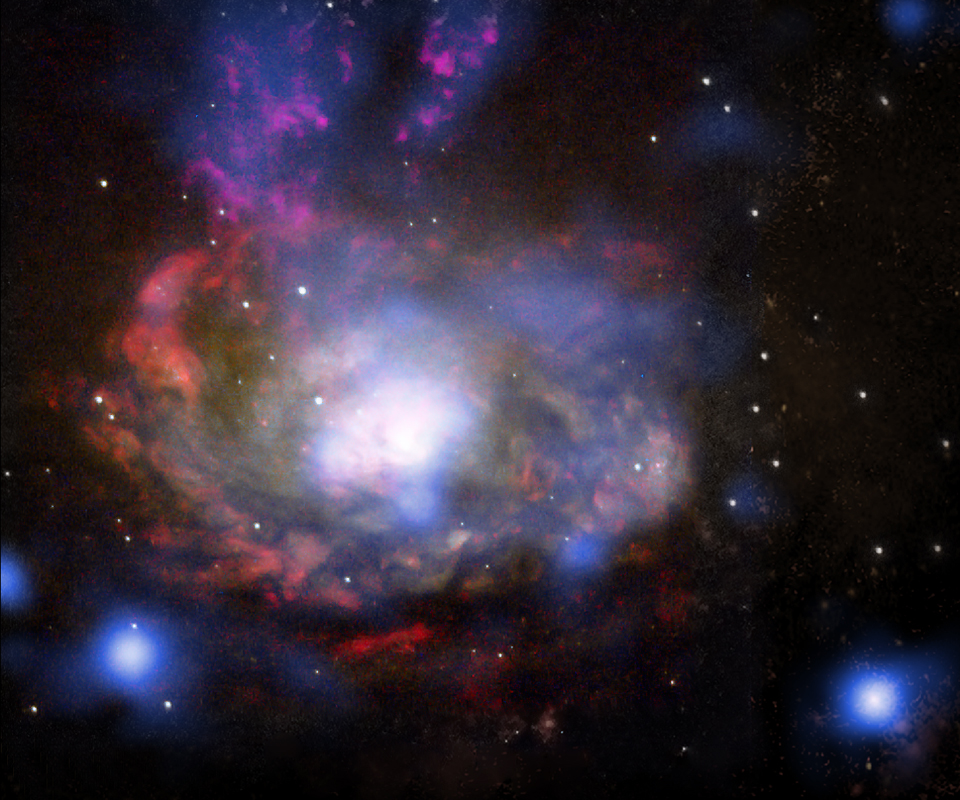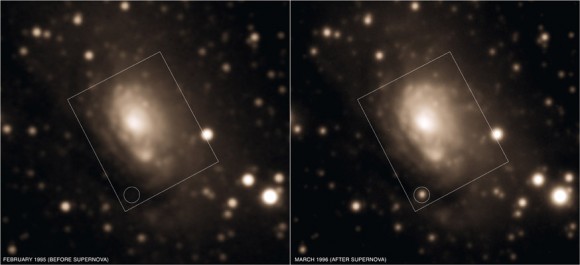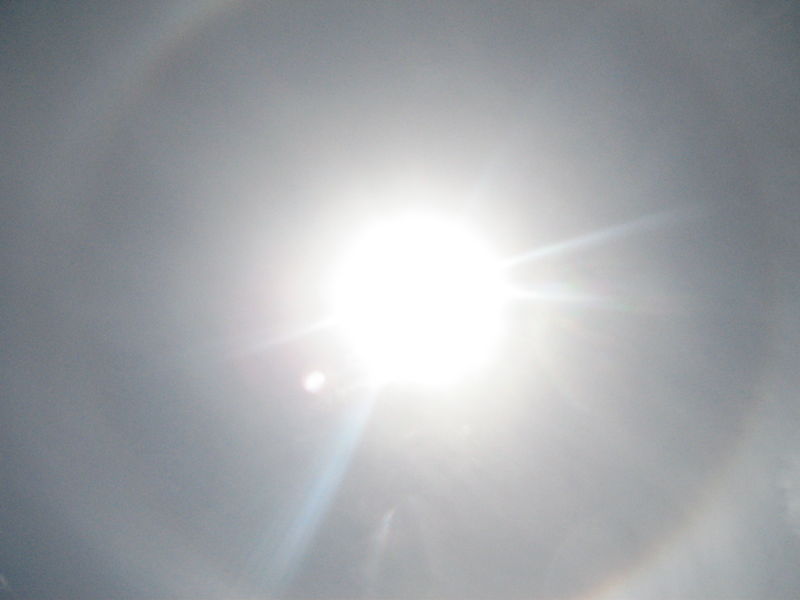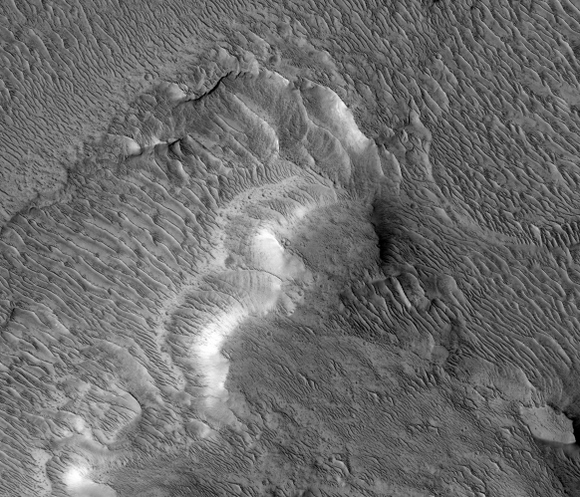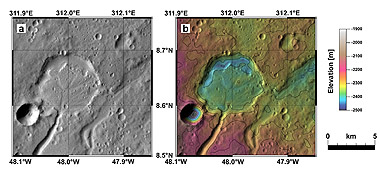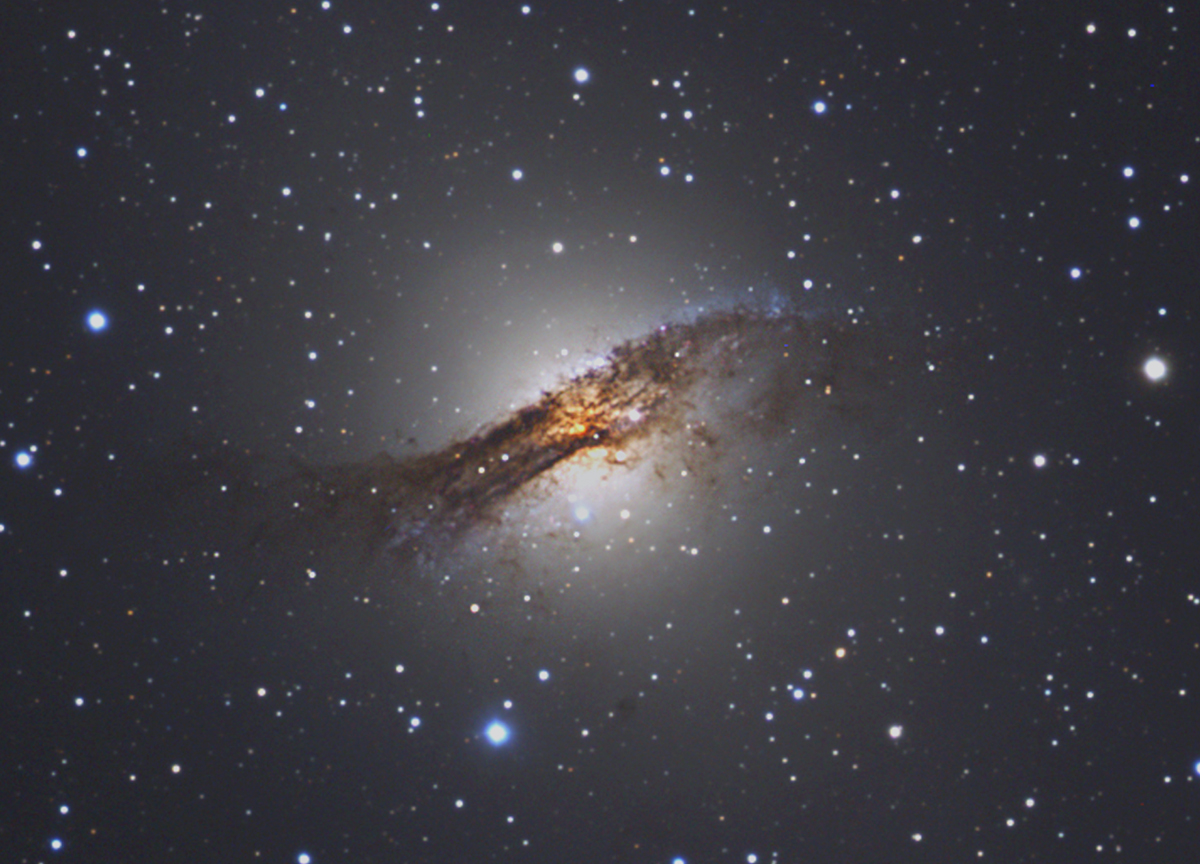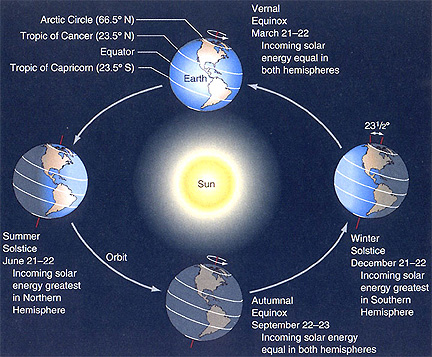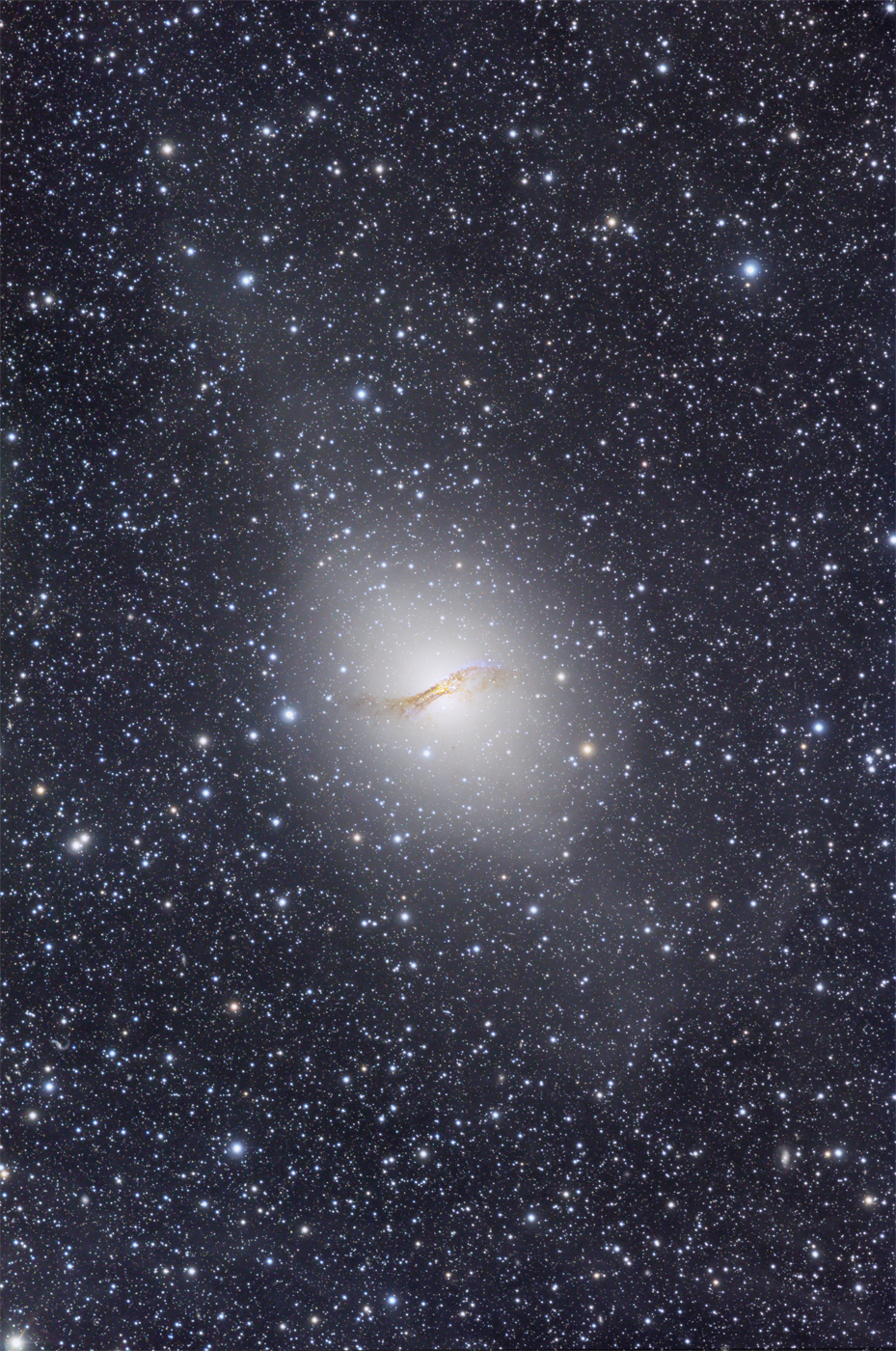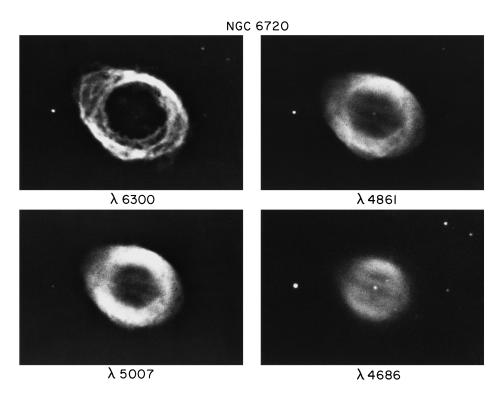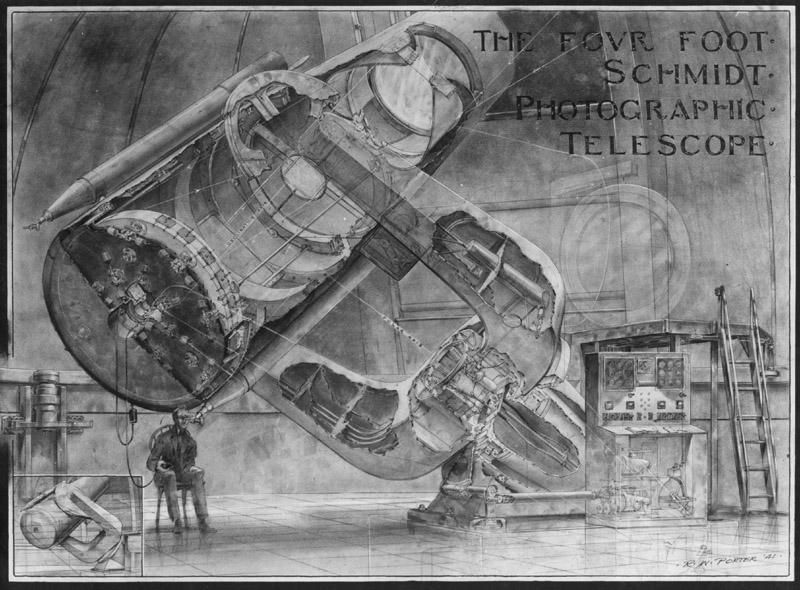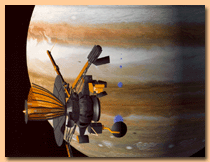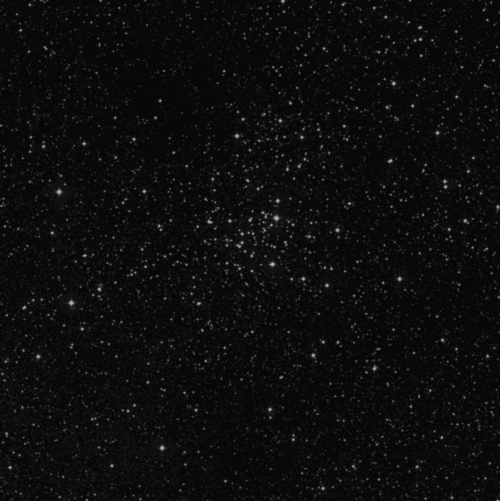[/caption]In May 2000, Australian astrophysicist Dr Rodney David Marks died from acute methanol poisoning whilst stationed at the US Amundsen-Scott South Pole Station. He was a 32 year old “brilliant and witty” scientist, whose death shocked his family and friends. The media jumped on this story, citing the tragedy as the “first South Pole murder,” but there was little evidence to suggest anyone else was involved. Unfortunately it appears that New Zealand investigators have been hampered by a lack of co-operation by the organizations that run the facility, so it remains unclear whether Marks’ death was the result of foul play or tragic accident…
Dr Marks was employed by the Smithsonian Astrophysical Observatory, working on the Antarctic Submillimetre Telescope and Remote Observatory project. The Amundsen-Scott South Pole Station (pictured below) is maintained by the US National Science Foundation (NSF) and US contractor Raytheon Polar Services, and is the southernmost continually inhabited settlement on Earth. With this exotic location comes a high degree of risk; after all, if there’s an accident or emergency, you can’t just find the nearest hospital. Although the facility has good medical support, should something unexpected happen, the scientists living right on top of the South Pole are at the mercy of the extreme weather and isolated location.
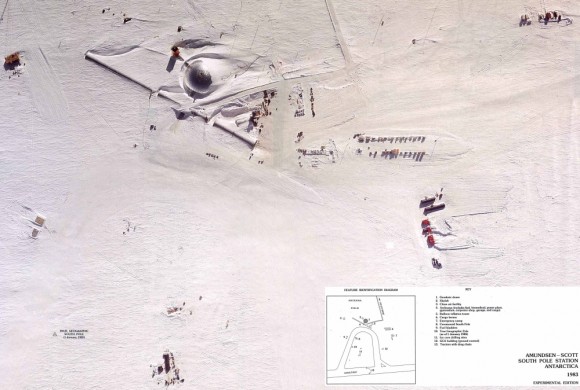
In the month of May 2000, medical staff at Amundsen-Scott were confronted with a baffling problem when a distressed Rodney Marks came to them three times during a 36 hour period. On May 11th, he had felt sick and vomited blood when travelling back from the remote observatory to base. On returning, his condition took a rapid turn for the worse. Baffled by the situation, medical staff sought advice via satellite, but they were too late. On May 12th, the astrophysicist had died.
For six months, officials had to wait until Marks’ body could be flown to New Zealand for an autopsy where it was found that the 32 year old had suffered from acute methanol poisoning. As New Zealand has jurisdiction over the incident, investigators from the nation took on the task of working out how Marks could have become poisoned.
According to a recent article in the New Zealand Herald, the investigators may never get to the bottom of this Antarctic mystery. On September 24th, coroner Richard McElrea released his findings behind the death of Dr Marks, airing his frustrations that the police investigation had been hampered by the lack of co-operation by the NSF and Raytheon Polar Services.
The police officer assigned to investigating the case, Detective Grant Wormald, even remarked, “Despite numerous requests, I am not entirely satisfied that all relevant information and reports have been disclosed to the New Zealand police or the coroner.” Dr Marks’ family have also been disappointed by the lack of communication they have received by the organizations responsible for the safety of their researchers.
“And I don’t think we are going to try to find out any more in regards to how Rodney died. I’d see that as a fruitless exercise […] For heaven’s sake, a man has died in your care. Why wouldn’t you help the police? .” – Paul Marks, Dr Marks’ father.
Originally, suicide was thought to be at the root of this mystery, but it was quickly ruled out as it didn’t fit with Dr Marks’ profile. He was a happy scientist who was engaged to Sonja Wolter, a young maintenance specialist, who had signed up to the station to be with her fiancé. According to the Detective Wormald, “Sonja and Rodney were a great couple. It is so rare to see people that seem so perfectly matched. And they were extremely happy together.”
It was also suggested that Marks may have consumed the methanol deliberately, to get a “recreational high,” even though there was a plentiful supply of genuine liquor and beer at the facility. Dr Marks was a social young man who “always said was that the solution to any problem is to go down to the pub and have a few drinks,” according to one of his friends, Andrew Walsh. Even though he may have enjoyed a few drinks and could be considered to be a binge drinker, it is strange to think he would willingly consume the dangerous substance for fun.
There are some sinister overtones to this mystery however. According to a 1996 report, Dr Robert Thompson, the first doctor to examine Marks when he came to the medical facility for help, said the astrophysicist was “nervous, anxious and upset.” What’s more, he noted two needle marks on his arm, but decided not to ask about them.
Had Marks been murdered by one of the 49 members of staff at the Amundsen-Scott South Pole Station? Unfortunately, we may never know whether Marks’ death was deliberate or by accident. According to the US agencies, an investigation had been carried out, but Detective Wormald has not been privy to the conclusions. “It is impossible to say how far that investigation went or to what end,” he said.
The Herald reporter apparently approached Raytheon, but the company would not comment and an NSF spokesman referred any questions to the NSF offices in Washington DC.
It looks like everyone is remaining tight-lipped about the events on May 11th-12th 2000, ensuring the world may never get to the cause behind the tragic death of this talented and friendly astrophysicist.

